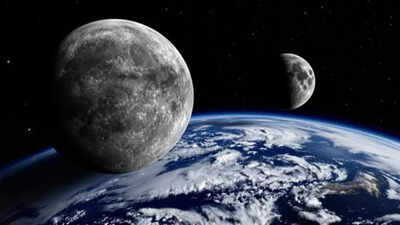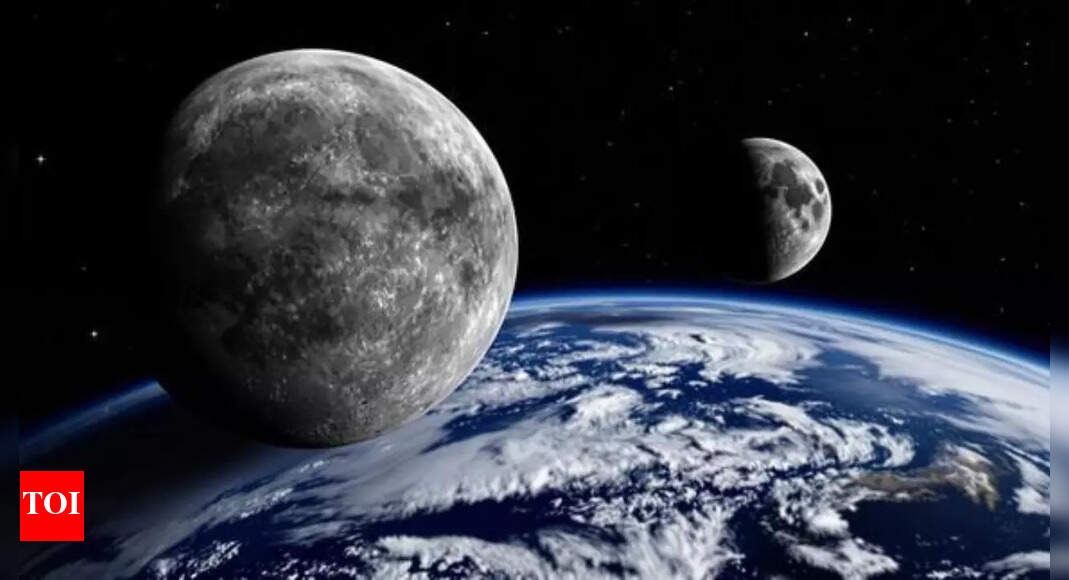 Tom Mueller, SpaceX’s first employee and famous propulsion engineer, is setting his sights on the Moon with his company, Impulse Space. The founder and CEO recently unveiled plans to develop a lunar lander capable of delivering up to three tons of cargo to the lunar surface, carving out a new niche in lunar exploration distinct from his former employer, Elon Musk-owned SpaceX, Mars-focused ambitions. Mueller, credited with designing SpaceX’s Draco, Merlin, and SuperDraco engines, left the company in 2021 to launch Impulse Space. The company already operates a dishwasher-sized space tug called Mira, which reached space for the first time on SpaceX’s Transporter 9 rideshare mission in November 2023.
Tom Mueller, SpaceX’s first employee and famous propulsion engineer, is setting his sights on the Moon with his company, Impulse Space. The founder and CEO recently unveiled plans to develop a lunar lander capable of delivering up to three tons of cargo to the lunar surface, carving out a new niche in lunar exploration distinct from his former employer, Elon Musk-owned SpaceX, Mars-focused ambitions. Mueller, credited with designing SpaceX’s Draco, Merlin, and SuperDraco engines, left the company in 2021 to launch Impulse Space. The company already operates a dishwasher-sized space tug called Mira, which reached space for the first time on SpaceX’s Transporter 9 rideshare mission in November 2023.
Elon Musk Becomes First Man To Have $500 Billion Wealth
What Tom Mueller wrote about the company’s Moon ambitions
In a recent blog post, Mueller outlined Impulse’s vision to fill a gap in NASA’s lunar programs. While NASA’s Commercial Lunar Payload Services (CLPS) focuses on small payloads and the Human Landing System (HLS) targets crewed missions, Impulse’s lander would offer a midsized option, handling payloads from 0.5 to 13 tons. This capability could serve scientific missions, commercial ventures, or resource exploration. Mueller projects that Impulse Space could begin lunar missions as early as 2028, using its Helios kick stage and lander technology. The announcement marks a bold step for the company, positioning it as a key player in the growing lunar economy. “SpaceX sees the Moon as a distraction from Mars,” Mueller noted in his post. “We see it as an opportunity to make reliable lunar access a reality.””To echo President John F. Kennedy, going to the moon is hard. But we know that we have some of the brightest minds in aerospace engineering here at Impulse, who push the boundaries of innovation forward every day,” Mueller wrote in a blog post on Tuesday that laid out Impulse’s lunar vision. “We’re confident in our ability to solve technology’s toughest challenges and excited to continue accelerating our future beyond Earth.”

